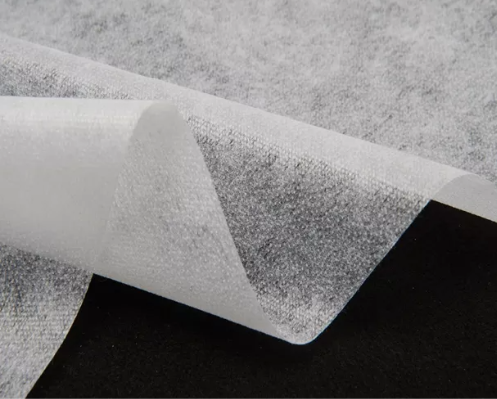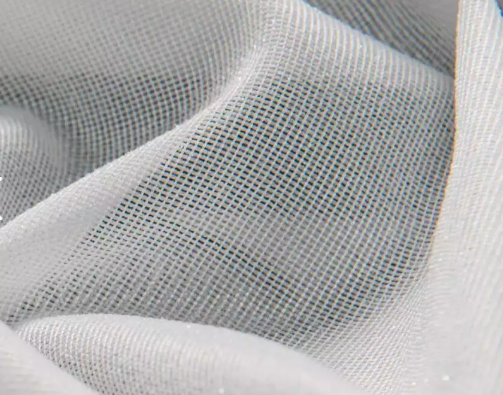How to use interlining and lining?
2023-02-24.
Interlining and lining are two different materials used in sewing and tailoring to provide structure, warmth, and comfort to garments. Interlining is a layer of material placed between the outer fabric and the lining, while lining is a separate layer of fabric used to cover the inside of a garment. Here are some tips on how to use interlining and lining:

Choose the right type of interlining: Interlining comes in different types such as fusible, sew-in, and adhesive. The type of interlining you choose will depend on the type of fabric you are using and the purpose of the garment.
Cut the interlining: Cut the interlining to the same size as the pattern pieces for the garment. For example, if you are making a coat, cut the interlining to the same size as the coat pattern pieces.
Apply the interlining: There are several methods to apply interlining, depending on the type of interlining you have chosen. For fusible interlining, iron it onto the wrong side of the outer fabric. For sew-in interlining, baste it to the wrong side of the outer fabric.

Sew the garment: Once the interlining is applied, sew the garment as you would normally.
Choose the right type of lining: Lining comes in different types such as silk, cotton, and polyester. The type of lining you choose will depend on the type of fabric you are using and the purpose of the garment.
Cut the lining: Cut the lining to the same size as the pattern pieces for the garment.
Sew the lining: Sew the lining pieces together, leaving an opening for turning the garment right side out.
Attach the lining: Once the lining is sewn, attach it to the garment by sewing it to the neck and armhole edges, right sides together.
Finish the garment: Finish the garment by closing any openings, hemming, and adding any necessary closures.
Overall, interlining and lining are important components of a well-made garment. They add structure, warmth, and comfort to a garment, and can also improve the overall appearance of the garment.